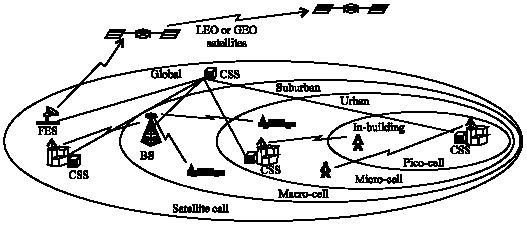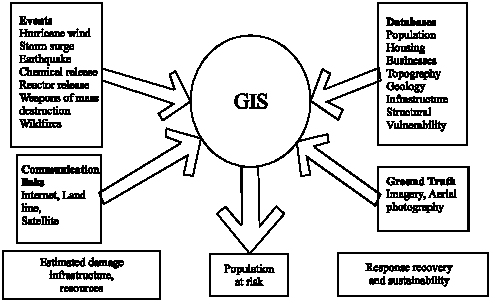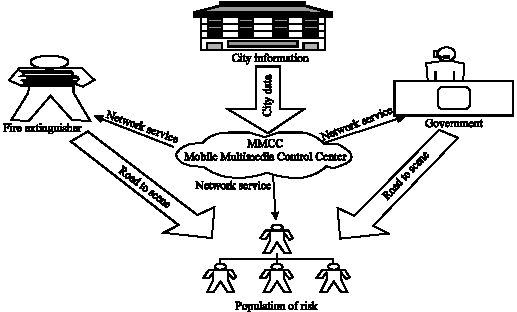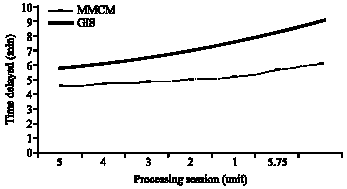Research Article
Mobile Multimedia Control Model for Fire Disaster of City Building
Department of Computer System and Technology, Faculty of Computer Science and Information Technology, University of Malay, 50603, Kuala Lumpur, Malaysia
R. Salleh
Department of Computer System and Technology, Faculty of Computer Science and Information Technology, University of Malay, 50603, Kuala Lumpur, Malaysia
O. Zakaria
Department of Computer System and Technology, Faculty of Computer Science and Information Technology, University of Malay, 50603, Kuala Lumpur, Malaysia












